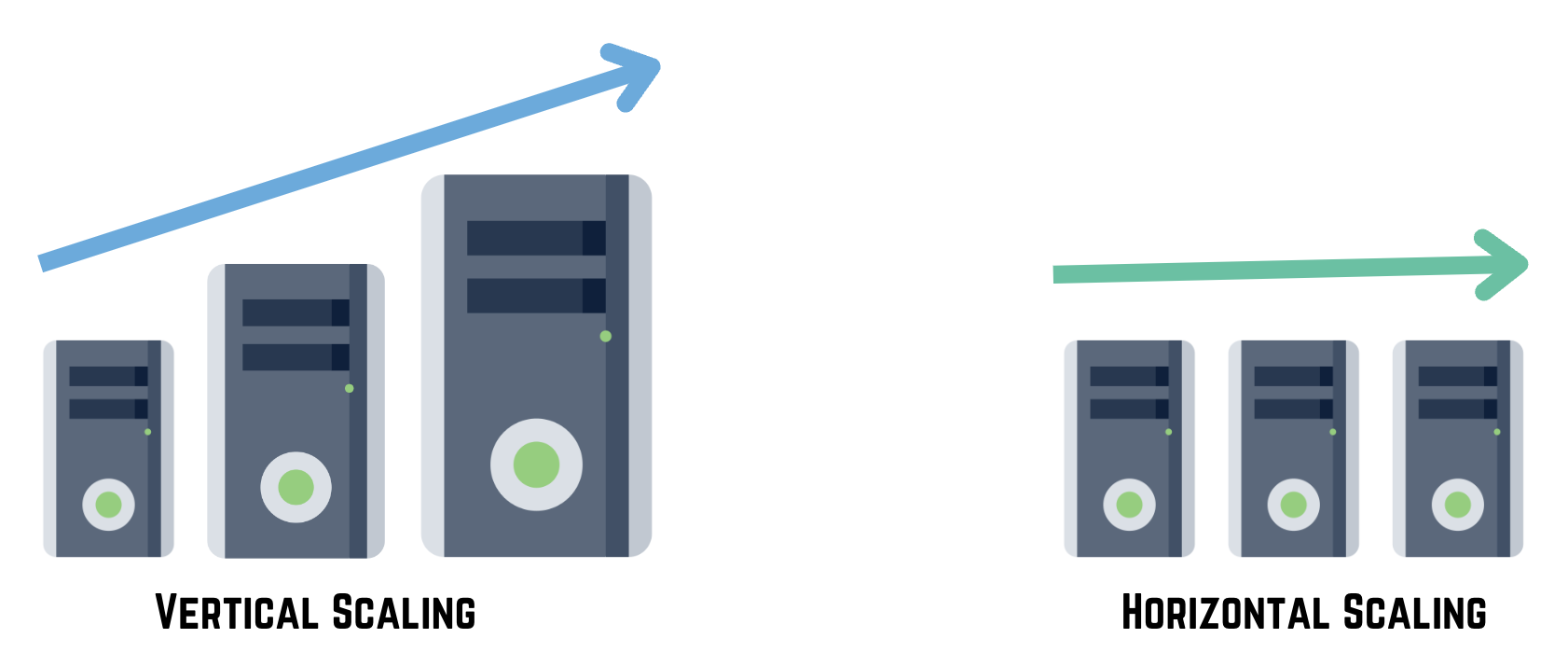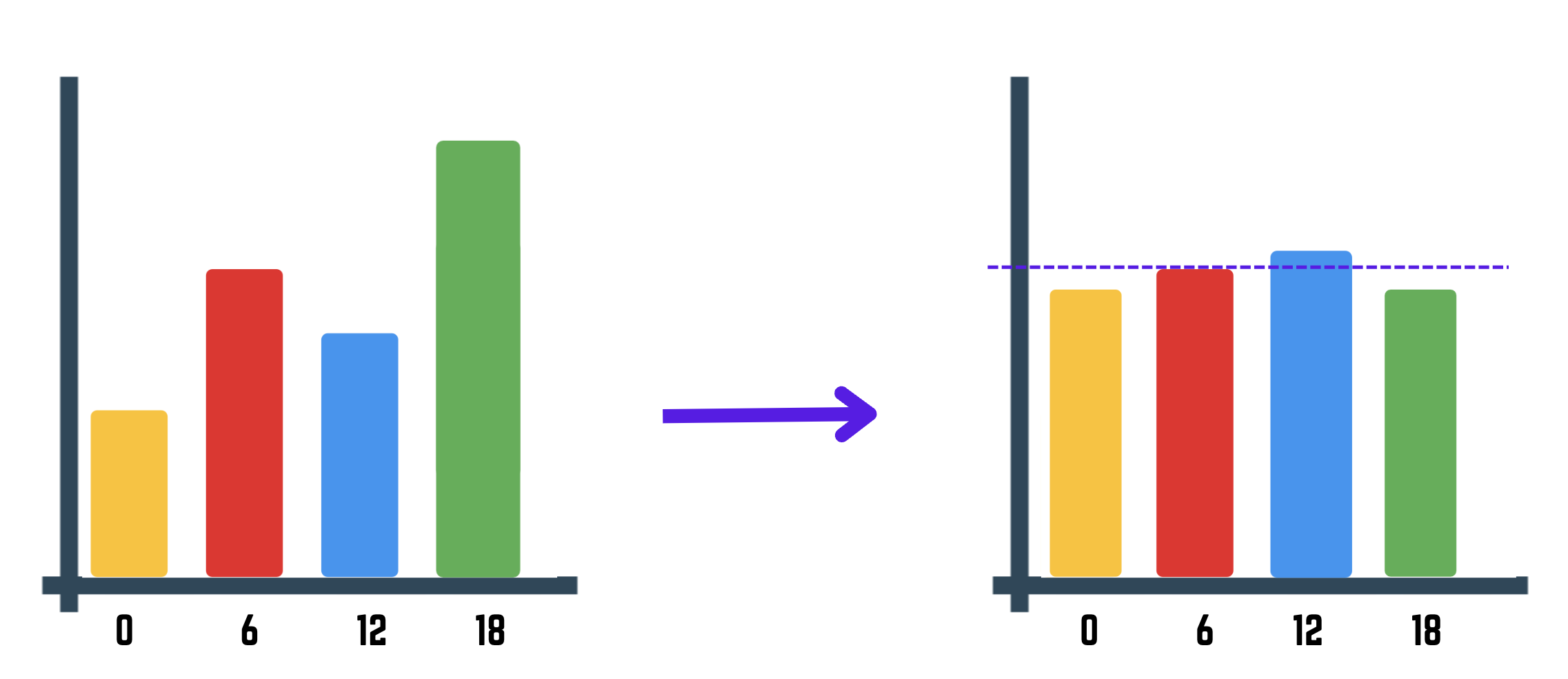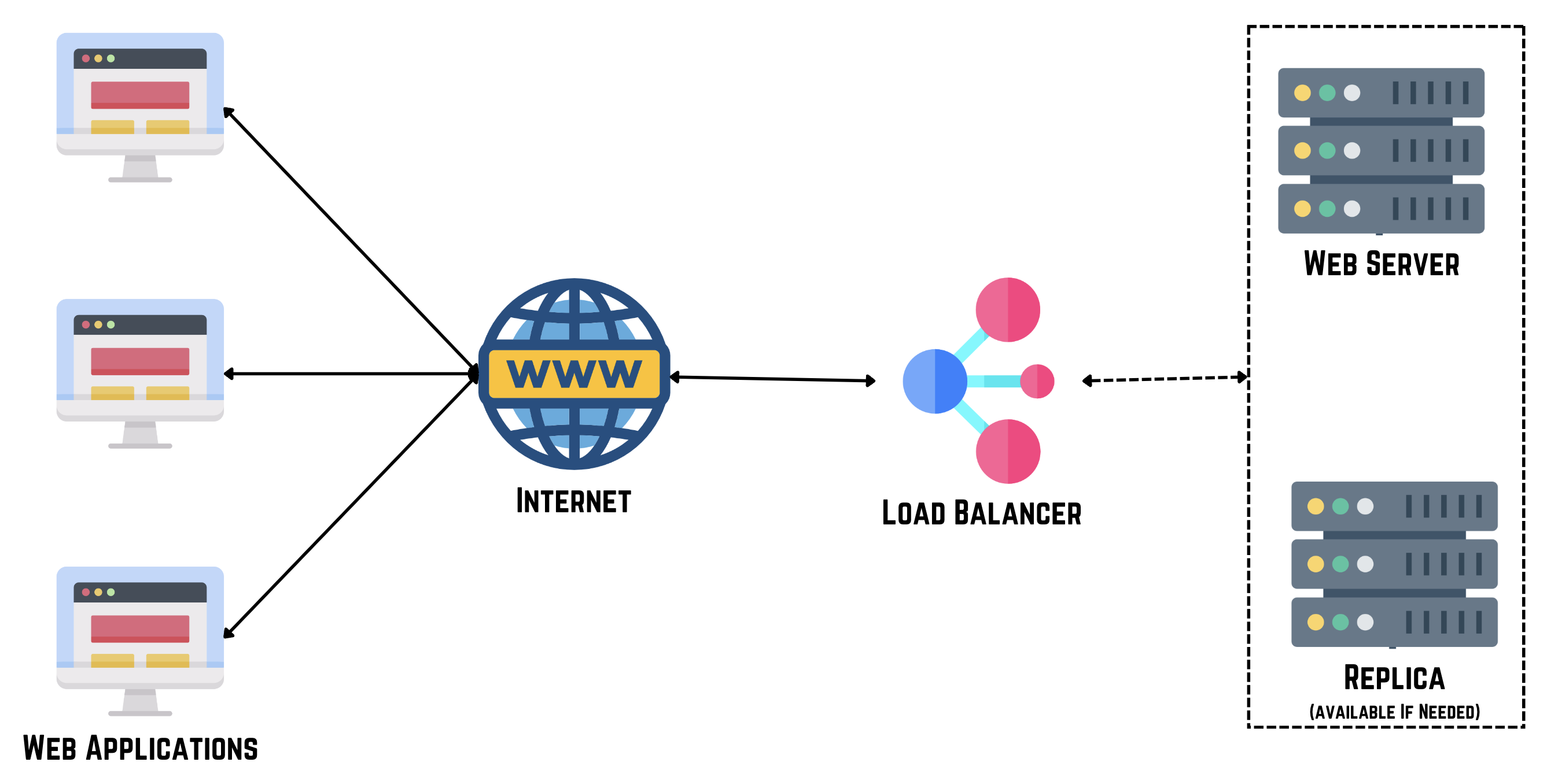Performance
Performance in system design refers to how well a system meets its functional and non-functional requirements under workload conditions. It encompasses factors such as speed, responsiveness, scalability, and resource efficiency.
Key Considerations for Performance
Response Time
The time taken by a system to respond to a user request or an event. Low response times improve user experience and application usability.

Throughput
The rate at which a system can process or handle tasks within a given period, often measured in transactions per second (TPS). Higher throughput indicates better system performance.

Scalability
Scalability refers to a system's ability to handle increasing workload or user demand without sacrificing performance. It can be achieved through horizontal scaling (adding more nodes) or vertical scaling (increasing resources of existing nodes).

Resource Utilization
Efficient resource utilization ensures that system resources such as CPU, memory, and network bandwidth are optimally used to support workload demands. Monitoring and optimizing resource usage are crucial for maintaining high performance.

Availability and Reliability
Availability ensures that a system remains operational and accessible to users without downtime. Reliability measures a system's ability to consistently perform its intended functions without failure over a specified period.

Improving Performance
Performance Testing
Conducting performance tests to simulate real-world scenarios and identify system bottlenecks. Techniques include load testing, stress testing, and scalability testing to evaluate system behavior under various conditions.
Optimization Techniques
- Caching: Storing frequently accessed data in cache to reduce database load and improve response times.
- Compression: Compressing data transmitted over networks to reduce bandwidth usage and improve transfer speeds.
- Code Optimization: Refactoring code to improve efficiency, reduce execution time, and optimize resource usage.
- Database Indexing: Indexing tables to speed up data retrieval operations and enhance database query performance.
Monitoring and Tuning
Implementing monitoring tools to track system performance metrics (e.g., CPU usage, response times) in real-time. Continuous tuning based on monitoring data helps in identifying and resolving performance issues proactively.
Performance is a critical aspect of system design, impacting user satisfaction, operational efficiency, and business success. By prioritizing performance considerations from the early stages of design, implementing optimization strategies, and conducting regular performance testing and monitoring, organizations can build robust and scalable systems that deliver consistent high performance.